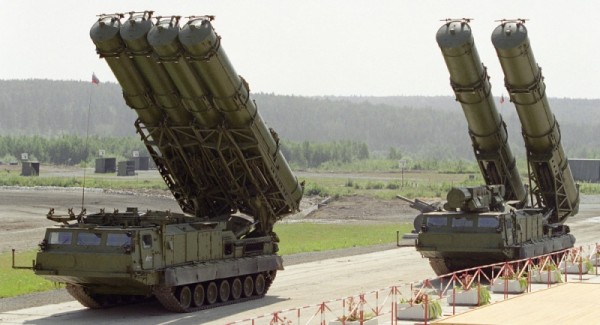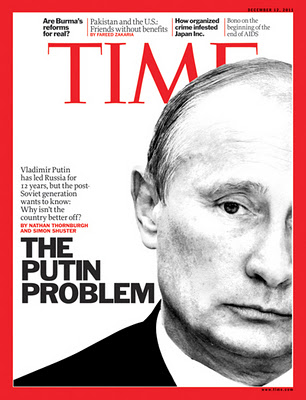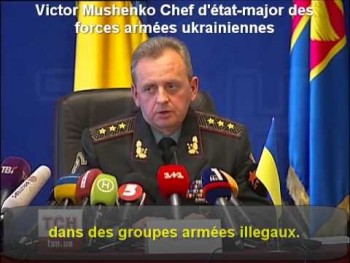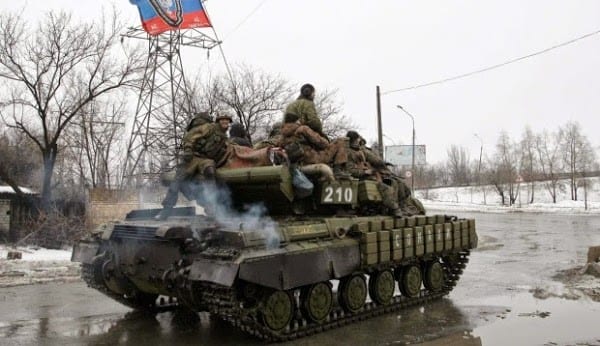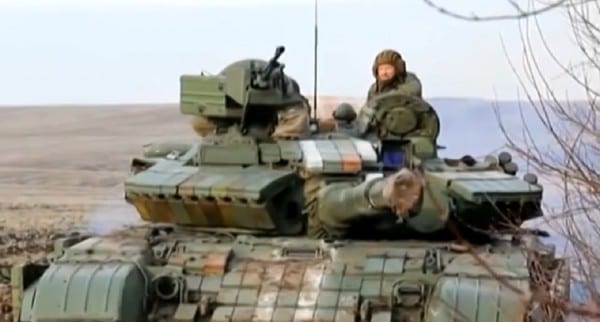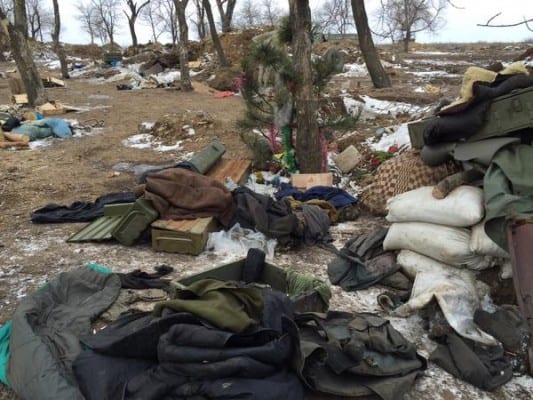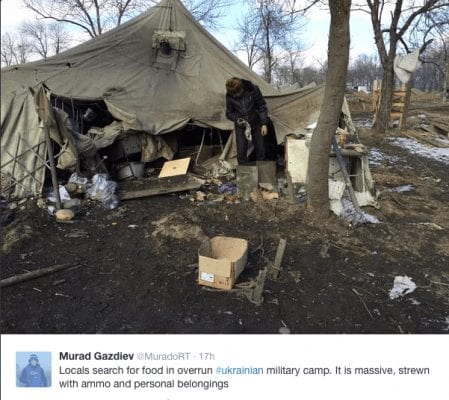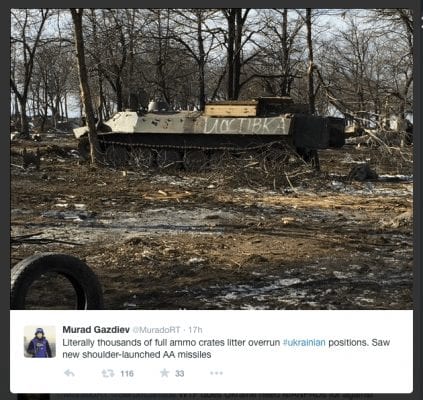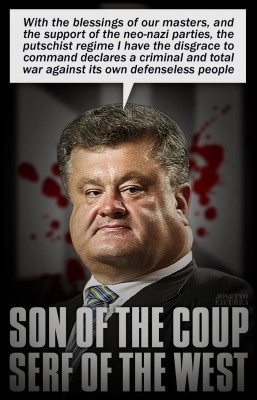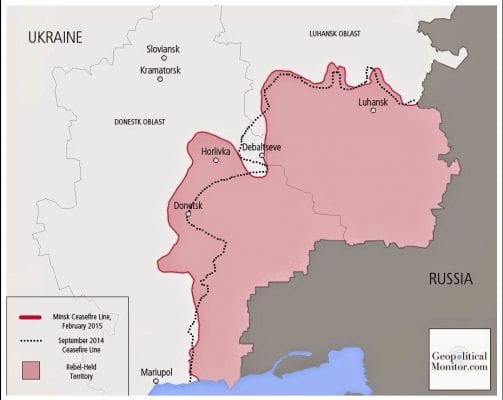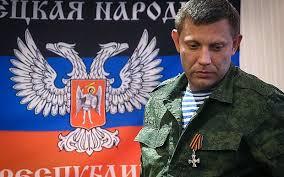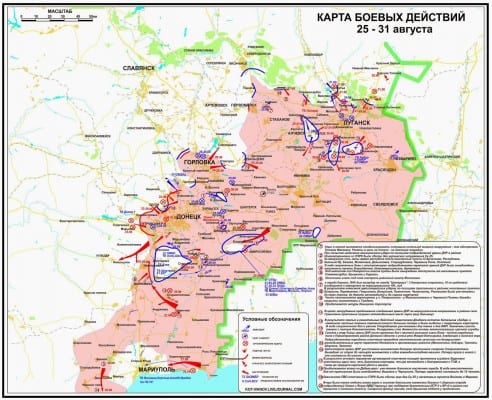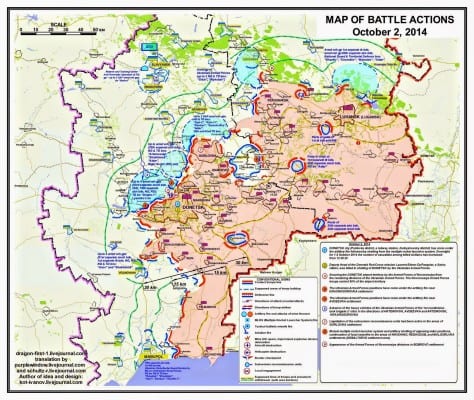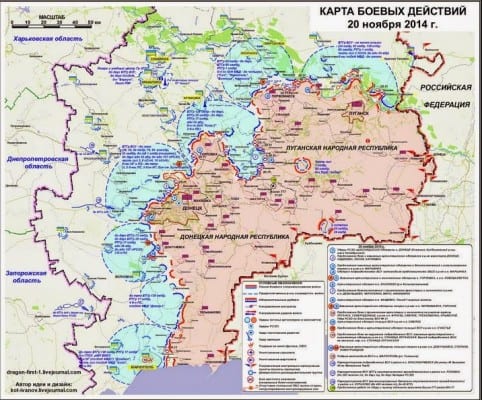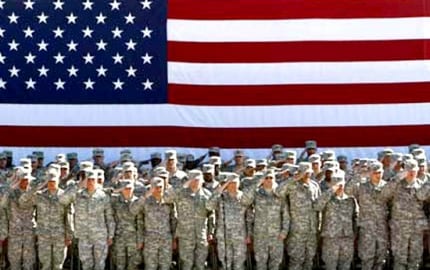Also see: The Public Intellectual: Henry A. Giroux
[dropcap]T[/dropcap]he United States’ addiction to violence is partly evident in the heroes it chooses to glorify. Within the last few months, three films appeared that offer role models, however flawed, to young people while legitimating particular notions of civic courage, patriotism and a broader understanding of injustice. I am less concerned in this inquiry with the historical accuracy or artistic merits of the films than with the identifications they mobilize and the narratives they unfold about valor – still a solely masculine trait in Hollywood.
Citizenfour is a deeply moving film about former NSA intelligence analyst and whistleblower Edward Snowden and his admirable willingness to sacrifice his life in order to reveal the dangerous workings of an authoritarian surveillance state. It also points to the courageous role of journalists such as Glenn Greenwald, Laura Poitras and Julian Assange. These are the brave journalists and cultural workers who occupy the alternative media, refusing to become embedded within the safe parameters of established powers and fiercely challenging the death-dealing war-surveillance machine Snowden reveals both in the film and in later revelations published by The Guardian, Salon and The Washington Post, and later summed up in Greenwald’s book, No Place to Hide.
At one point in Citizenfour, whistleblower Snowden makes clear that his revelations carry extraordinary political weight, particularly when he states that the United States is “building the biggest weapon for oppression in the history of mankind” – this despite the lies and denials of the government and politicians on both sides of the ideological aisle. Snowden’s sense of political and moral indignation is captured in his belief that the United States had crossed over into a totalitarian politics that it now shares with the infamous Stasi, the ruthless and feared official state security service of the former German Democratic Republic. According to Snowden, the United States has morphed into a colossal digital update of the Stasi, and has fully retreated from any notion of democratic values and social responsibility. As the surveillance state grows, the United States is increasingly obsessed “by a creepy intoxication with what is now technically possible, combined with politicians’ age-old infatuation with bullying, snooping and creating mountains of bureaucratic prestige for themselves at the expense of the snooped-upon taxpayer.” (1)
Moral and political courage is in short supply these days and rarely represented in any form in the Hollywood celluloid universe.
In the documentary, Snowden comes across as a remarkable young man who shines like a bright meteor racing across the darkness. He is calm, unpossessing and almost nerdy in his demeanor, appearing utterly reasonable and believable. In many ways, despite some political shortcomings and omissions in the film, Snowden embodies the best of what US leadership has to offer given his selflessness, moral integrity and fierce commitment to both renounce injustice and to do something about it. But the film is not without its flaws. By omission it leaves out the countless additional acts of heroism of other whistleblowers and in doing so erases the crucial role that WikiLeaks, Julian Assange and Sarah Harrison played in providing the conditions for Snowden’s eventual escape to a safe haven. The film comes close to decontextualizing Snowden’s actions in light of the erasure of the mounting acts of resistance against government surveillance and state violence that have been intensified since the end of the Vietnam War. (2)
Snowden comes across as a nice guy, a poster boy for the liberal press when in actuality he is a radical in the best sense of the term and is far from interested in simply reforming the empire. Moreover, the film adds to its own depoliticization by focusing exclusively on the whistleblower and not situating Snowden’s action within a broader context of struggle. As mentioned above, there is no reference to the crucial role of Jeremy Scahill, Julian Assange and WikiLeaks in revealing and challenging the various acts of spying, violence, widespread illegal surveillance and ruthless militarism at the heart of a number of authoritarian regimes, not to mention the corruption and crimes committed by the financial elite in a number of countries. At the same time, as important as these omissions are, what is compelling for me, despite the film’s shortcomings, is the incredible courage and commitment of a young man who is willing to risk his life in exposing the dark secrets of the deep state. Moral and political courage is in short supply these days and rarely represented in any form in the Hollywood celluloid universe.
Selma focuses on a three-month period in 1965 when Dr. Martin Luther King Jr. and others organized and planned to challenge the racist power structure in Alabama by eventually marching from Selma to Montgomery as a nonviolent act of civil defiance in order to secure equal voting rights. The strength of the film lies in its attempts to reveal not only the moral and civic courage of King in his fight against poverty and racial oppression, but also the courage and deep ethical and political commitments of a range of incredibly brave men and women unwilling to live in a racist society and willing to put their bodies against the death-dealing machine of militarized state force (eerily anticipating Ferguson) in order to bring it to a halt. It is this representation, however limited, of civic courage, collective struggle and the violence at the heart of US history that redeems Selma. The film offers up not only a much needed form of moral witnessing, but also a politics of confrontation that serves as a counterpoint to the weak and compromising model of racial politics offered currently by the Obama administration. It is in this representation of collective courage, popular struggle and daring resistance against the exercise of visceral racist violence that Selma‘s oppositional narrative, however flawed, offers the possibility of a more complete understanding of valor and heroism in the interest of justice, and the educative nature of a politics in which nonviolence and vast social movements struggle for radical change. Selma may have buried a number of historical and political truths, but there is a kernel of visionary politics in the film waiting to be rescued.
Selma represents Hollywood’s attempt to rescue public memory, albeit as dozens of critics have already revealed, it’s a deeply flawed attempt. While the film provides a historical snapshot of a particular moment in the civil rights movement that offers a horrifying, visceral portrayal of a vicious and brutalizing racism, it compromises itself by distorting and underplaying the crucial role of the Student Nonviolent Coordinating Committee (SNCC) in the movement. (3) Not only does it downplay the important role of James Forman in the movement, it also infantilizes his role in the events of Selma by depicting him as a petulant and immature young boy, when in fact at the time he was older than King. As is well known, the film also constructs a self-serving and disparaging image of President Johnson’s relationship with King, one that is completely at odds with the historical record. The film “depicts Johnson authorizing FBI Director J. Edgar Hoover to smear King and – as King himself suspected – try to drive him to suicide. It is a profoundly ugly moment.” (4) This is more than a gross distortion. As Glen Ford makes clear, it was “the Kennedy brothers who were the ones who authorized the bugging of Dr. King’s phones and office and hotel rooms.” (5)
Selma and Citizenfourinvoke the courage of men and some women who oppose the violence of the state in the interest of two distinct but intersecting forms of lawlessness, one marked by a brutalizing racism and the other marked by a suffocating practice of surveillance.
The liberal retreat into the fog of low intensity battles, a quick willingness to compromise rather than fight and the habit of ignoring embarrassing truths are also evident in the way in which Selma whitewashes history not only with regard to the role of SNCC and President Johnson in the civil rights movement, but also in the way in which King is portrayed as a kind of compromising liberal, surely a nod to legitimize the politics of President Barack Obama. This might also be viewed as a capitulation to the false purity of liberal political intentions, if not obsessions. Omissions of this sort add up to a kind of liberal amnesia evident in the fact that the actual journey of a more radical King is undermined by portraying him in the film as a pragmatist intent on compromising with the white power structure in order to get black people the right to vote and to ensure them a place in the electoral process. King was not a liberal and that may be why he was assassinated. Near the end of his life, King had developed into a full-fledged democratic socialist who was more than willing to connect the violence of war, militarism, poverty, inequality and racism with the scourge of a ruthless, punishing and dehumanizing capitalism. (6) I think that the movie critic Steven Rea is right in insisting that “Selmamay be flawed, even spurious at points. But in its larger portrait of a man of dignity, purpose, and courage” the film succeeds in making visible a courageous movement exhibiting the best of collective resistance and heroism in its quest for racial and economic justice. (7)
While Selma makes clear the viciousness of racism during this moment in the civil rights movement, the film echoes the liberal ideology that structures its politics. More specifically, Selma echoes Oprah Winfrey’s stripped down liberal ideology, which can only focus on individual agency at the expense of larger structural forces rooted in a racist capitalist state. After all, the fact that Selma was produced by Winfrey, who plays, unsurprisingly, the role of one of the most militant characters in the film, all but guarantees that any hint of a radical politics will constitute a present absence in the film. What most positive commentaries on the film fail to acknowledge is that any viable politics for addressing racism then and now in the United States will not come from Winfrey’s brand of celebrity liberalism or her Selma, but from the lessons learned from King’s eventual theoretical and political turn to repudiating a society bounded by militarism and racism on one side, and inequality and financial capital on the other. Selma offers no hint of such a struggle.
The third film to hit US theaters at about the same time as the other two is American Sniper, a war film about a young man who serves as a model for a kind of overconfident, unreflective patriotism and defense of an indefensible war. Chris Kyle, the subject of the film, is a Navy Seal who at the end of four tours of duty in Iraq is heralded a hero for killing more than 160 people there – the deadliest soldier in that military conflict. Out of that experience, he authored an autobiographical book that bears a problematic relationship to the film. For some critics, Kyle is a decent guy caught up in a war he was not prepared for, a war that strained his marriage and later became representative of a narrative only too familiar for many veterans who suffered a great deal of anguish and mental stress as a result of their wartime experiences. This is a made-for-CNN narrative that deals in only partial truths. Other critics have labeled the film as a “piece of myth-making and nationalistic war porn.” (8)
A more convincing assessment and certainly one that has turned the film into a Hollywood blockbuster is that Kyle is portrayed as an unstoppable and unapologetic killing machine, a sniper who was proud of his exploits. Kyle is a product of the US empire at its worst. This is an empire steeped in extreme violence, willing to trample over any country in the name of the war on terrorism and leave in its path massive amounts of misery, suffering, dislocation and hardship. It is also an empire built on the backs of young men and women – though only men are featured – who are relentlessly engaged to buy into the myths of US military masculinity. Chris Kyle was the quintessential “army of one,” able to triumph over all enemies thrown in his way, including a former Olympic rifleman.
Of the three films, Selma and Citizenfour, however flawed, invoke the courage of men and some women who oppose the violence of the state in the interest of two distinct but intersecting forms of lawlessness, one marked by a brutalizing racism and the other marked by a suffocating practice of surveillance – though we see early histories of the surveillance state in Selma, and racism can hardly be detached from the war in Iraq. American Sniper is a film that erases history, spectacularizes violence, and reduces war and its aftermath to cheap entertainment, with an under explained referent to the mental problems many veterans live with when they return home from war. In this case the aftermath of war becomes the main narrative, a diversionary tactic and story that erases any attempt to understand the lies, violence, corruption and misdeeds that caused the war in the first place.
Under a regime of neoliberalism, a persistent racism and politics of disposability are matched by a theater of cruelty in which more and more individuals and groups are considered throwaways.
American Sniper hides the fact that behind the celebrated image of the heroic vigilante sniper lies a number of secret killer elite squads and special operations teams formed, under the George W. Bush administration, as part of a Joint Special Operations Command (JSOC). The JSOC includes elite troops from a variety of US fighting units and has grown “from fewer than 2,000 troops before 9/11 to as many as 25,000 today.” (9) In Dirty Wars, Jeremy Scahill describes JSOC as a global killing machine, running covert wars and allowing its special operations units to function as unaccountable death squads. (10) JSOC has a budget of more than $8 billion annually and constitutes the infrastructure that suggests that American Sniper is less about a lone wolf vigilante than it is symptomatic of a much larger and more secret killing machine. (11)
Of course, while it may be redemptive for Hollywood to link targeted assassinations with US heroism, what it erases is that the real global assassination campaign is not the stuff of military valor, of “man-to-man” combat, but is being waged daily in the drone wars that have become the defining feature of the Obama administration. Many critics, including Noam Chomsky, have commented on Chris Kyle’s memoir in which he calls the enemy he has been fighting “savages.” There is more here than a trace of unadulterated racism; there is also an indication of how violence becomes so palatable, if not comforting, to the US public through the widespread ideological and affective spaces of violence produced and circulated in the United States’ commanding cultural apparatuses.
This is not surprising since under a regime of neoliberalism, a persistent racism and politics of disposability are matched by a theater of cruelty in which more and more individuals and groups – such as immigrants, low-income whites, poor blacks, the unemployed and the homeless – are considered throwaways and hence are tarred with the label of being less than human and hence are all the easier to evict from any sense of social responsibility or compassion. Extreme violence has become an American sport that promotes delight in inflicting suffering on others. But it does more. It also ups the pleasure quotient when the Other is entirely reified and demonized, making it easier for the US public to escape from any sense of moral responsibility for a war that was as immoral as it was illegal.
In the end, American Sniper is both symptomatic of and serves as a legitimation for the savage struggle-for-survival ethic that dominates US life and resonates throughout the narrative. Moreover, violence becomes a kind of safety valve to protect individuals against the perils of a solidarity based on care rather than fear. Politics becomes an extension of war. This becomes crystal clear in the dinner table scene in American Sniper when Kyle lectures his kids about how there are three types of people in the world: “wolves, sheep and sheepdogs.” In this pernicious worldview, wolves are brutal killers who threaten an innocent public both at home and abroad. Abroad they can be found in Yemen, Afghanistan and Iraq, or wherever Muslims live. At home, the category is quiet fluid and includes groups ranging from drug dealers and urban thugs to threatening black youth and criminal street gangs. The sheep are a metaphor for God-loving, patriotic, innocent Americans while the sheepdogs are those patriotic and vigilant Americans whose role is to protect the sheep from the wolves. The sheepdogs include everyone who inhabits the warrior culture, a wide range of groups that extend from the paramilitary police forces and vigilante super patriots along the nation’s borders to the gun-loving soldiers that protect US interests overseas.
The stories a society tells about itself are a measure of how it values itself, its children, the ideals of democracy and its future.
The analogy is not just pernicious; it is also transparent rationale for a hyper-masculine gun and militarized culture that feeds on fear and racist hysteria. It also offers a rationale for killing those dangerous racial others (wolves) who, in light of recent killings of unarmed black men by the police, appear to be fair game for the sheepdogs. I don’t believe this analogy is far-fetched. It is evident in the discourse of prominent politicians such as former New York City Mayor Rudy Giuliani who has argued that the white cops in black communities are necessary because of the high numbers of black on black crime. (12) This is more than a false equivalency since black people are not armed by the state and many go to jail for the crimes they commit (or increasingly for not committing any crime at all). But more importantly, the disproportionate rate at which the police kill blacks rather than whites speaks to a not so hidden order of racial aggression and violence. According to recent data collected by ProPublica, “young black men are 21 times as likely as their white peers to be killed by police.” (13) What this discourse evokes is one of the central principles of neoliberalism – a survival of the fittest culture in which violence, unchecked self-interest and a militant individualism merge.
At the same time, American Sniper evokes sympathy not for its millions of victims but exclusively for those largely poor youth who have to carry the burden of war for the dishonest politicians who send them often into war zones that should never have existed in the first place. Amy Nelson at Slate gets it right in stating that “American Sniper convinces viewers that Chris Kyle is what heroism looks like: a great guy who shoots a lot of people and doesn’t think twice about it.” (14) But American Sniper does more than inject the horror of wartime violence into the instrumental logic of efficiency and skill; it also offers young people a form entertainment that is really a species of right-wing public pedagogy, a kind of “teachable moment.” Its decontextualization of war serves as a recruiting tool for the military and reinforces a sickening rite of passage that suggests that one has to go to war to be a real man. This is a death-dealing myth wrapped in the mantel of US heroism. Moreover, it is a myth that young, vulnerable, poor youth fall prey to, especially when their everyday existence is steeped in despair and precarity, and their identities are shaped in an endless number of cultural apparatuses that thrive on the spectacle of violence. There is no context, truth or history in this film, just the passion for violence and a hint at the despair that leaves its subjects and objects in a nightmarish world of despair, suffering and death. In that sense, as Dennis Trainor Jr. points out, the film is dangerous pedagogically. He writes:
History has borne that fact out, and that lack of context makes “American Sniper” a dangerous film. Dangerous because kids will sign up for the military because of this movie. Dangerous because our leaders have plans for those kids. Some will kill. Some will be killed. Or worse. There is no narrative existing outside the strict confines of “American Sniper’s” iron sights that allows for the war on terror to be over. It’s like a broken record looping over and over: attack, blowback and attack. Repeat. (15)
Citizenfour and Selma made little money, were largely ignored by the public and all but disappeared except for some paltry acknowledgements by the film industry. American Sniper is the most successful grossing war film of all time. Selma will be mentioned in the history books, but will not get the attention it really deserves for the relevance it should have for a new generation of youth confronting new forms of racism and state violence. There will be no mention in the history books regarding the importance of Edward Snowden because his story not only instructs a larger public, but indicts the myth of US democracy. Yet, American Sniper resembles a familiar narrative of false heroism and state violence for which thousands of pages will be written as part of history texts that will provide the pedagogical context for imposing on young people a mode of hyper-masculinity. Such pedagogies will be built on the false notion that violence is a sacred value and that war is an honorable ideal and the ultimate test of what it means to be a man. This is the stuff of Disney posing as pure Americana while beneath the pretense to innocence, bodies are tortured, children are murdered, villages are bombed into oblivion and the beat goes on.
The stories a society tells about itself are a measure of how it values itself, its children, the ideals of democracy and its future. The stories that Hollywood tells represent a particularly powerful form of public pedagogy that is integral to how people imagine themselves, their relations to others and their relationship to a larger global landscape. In this case, stories and the communal bonds that support them in their differences become integral to how people value life, social relations and visions of the future. American Sniper tells a troubling story codified as a tragic-heroic truth and normalized through an entertainment industry that thrives on the spectacle of violence, one that is deeply indebted to the militarization of everyday life.
Courage in the morally paralyzing lexicon of US patriotism has become an extension of a gun culture both at home and abroad. This is a culture of hyper-masculinity that trades in indulgent spectacles of violence and a theater of cruelty symptomatic of the mad violence and unchecked misery that is both a byproduct of and sustains the fog of historical amnesia, militarism and the death of democracy itself. Maybe the spectacular success of American Sniper over the other two films should not be surprising to anyone in a country in which the new normal for anointing a new generation of heroes goes to billionaires, politicians who sanction state torture, and other leaders of the corrupt institutions and bankrupt celebrity culture that now are driving the world into political, economic and moral bankruptcy, made visible in the most venal vocabularies of stupidity and cruelty. War machines, the mainstream, corporate controlled media and the financial elite now construct the stories that the United States tells about itself and in this delusional denial of social and moral responsibility, monsters are born, paving the way for the new authoritarianism.
Footnotes
http://www.theguardian.com/film/2014/oct/16/citizen-four-review-edward-snowden-documentary
2. I want to thank John Pilger for reminding me of the need to bring the depoliticization issue in this film to the forefront. Personal correspondence: February 12, 2015. John has a forthcoming piece on this issue.
3. Howard Zinn, SNCC: The New Abolitionists, second edition (Chicago: Haymarket, 2013).
http://www.nydailynews.com/opinion/richard-cohen-selma-insults-lbj-history-article-1.2066666
http://blackagendareport.com/node/14624
6. See for instance, Cornel West, ed. Martin Luther King, Jr. The Radical King (Boston: Beacon Press, 2015).
http://www.philly.com/philly/entertainment/20150109__Selma___A_clear_sense_of_the_mission_and_the_man.html#zBzQP2YFJr5ZkPyY.99
http://www.salon.com/2015/02/04/this_american_sniper_didnt_keep_track_of_his_kills_and_hates_that_i_ask_him/
http://www.businessinsider.com/the-rise-of-jsoc-in-dirty-wars-2013-4
10. Jeremy Scahill, Dirty Wars: The World Is a Battlefield (New York: Nation Books, 2014).
http://dissidentvoice.org/2015/01/harrys-gone-a-huntin/
http://www.huffingtonpost.com/2014/11/23/rudy-giuliani-ferguson_n_6207608.html
13. Cited in Ibid.
http://www.slate.com/articles/arts/the_movie_club/features/2014/the_movie_club_2014/worst_movies_of_2014_american_sniper_glosses_over_chris_kyle_s_lies.html
Copyright, Truthout. May not be reprinted without permission of the author.
[box]ABOUT THE AUTHOR

